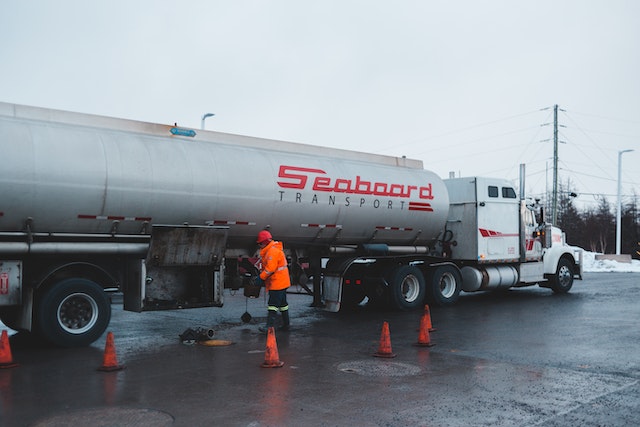There are many things to remember if you have an underground oil tank. Ensure that your tank is properly installed, as finding a good location is not always easy. Oil leaks can be catastrophic. Moreover, oil tanks can be unsightly, especially if placed in the backyard.
Requirements For Underground Oil Tank Installation
Underground oil tanks must be properly protected from a flammable liquid spill. The tanks must be equipped with overfill protection devices such as automatic shutoff or overfill alarms. These devices must be installed and maintained correctly. The installation process involves a thorough inspection to ensure that the tanks and piping are free from contamination.
For instance, the underground tank installation Westchester County, NY, emphasized that oil tanks are vulnerable to rust and microbes when the water is in the pools. Water that seeps into the tank may also cause it to break down, leading to an oil spill. This can result in expensive remediation and repairs. During winter, installing an electric heater is also a good idea if you’re planning to install an underground oil tank.
Signs Of A Leaking Tank
If you notice an increase in your fuel consumption, the smell of oil in your house, or a sheen of oil on the ground, your underground oil tank installation is likely leaking. The sooner you catch the problem, the better. But it may take years to realize the problem if you don’t spot it right away.
Leaking underground oil tanks present some hazards for your home and the surrounding area. They can cause a fire, and the fuel may also pollute groundwater sources. Oil-contaminated water can cause health problems and cancer if ingested or used for bathing.
Precautions To Take Before Installing A New Tank
There are several precautions to take before installing an underground oil tank. First, you must have a permit. Second, you need to understand what type of tank you’re installing. For example, a residential tank is usually placed in the ground at a shallow depth, while a commercial tank is often buried deeper to prevent damage during floods. Third, you need to follow the manufacturer’s instructions for installation. In addition, the tank must be encased in concrete and placed far away from vehicles to prevent an accidental spill.
Costs Of Installing A New Tank
Installing an underground oil tank can be an expensive venture. Unlike above-ground tanks, underground tanks leak into the surrounding soil. In the event of a leak, the oil must be removed and cleaned. This can cost more than $11,000, and the homeowner’s insurance policy might not cover the expense. Additionally, fuel costs will rise. This means that the owner will have to replace the tank sooner rather than later.
The costs of installing an underground oil tank vary, depending on the size and location of the tank. For example, an above-ground tank costs about $300 to install, while an underground tank can cost up to $2700.
Requirements For Removing A Tank
To remove your underground oil tank safely, you must first understand the state and federal regulations. These regulations can vary from place to place, but most require contractors to be licensed and insured. They must also meet safety and environmental guidelines. Most states also require removing residual materials from the tank, such as flammable liquids. Moreover, it may be necessary to insert the tank to reduce the risk of an explosive situation.
The regulations for underground oil tanks were established in the 1970s after oil tank leak concerns spread across the U.S. Environmental protection agencies introduced secondary containment systems, which involved installing two-wall steel tanks. Then, in 1988, the EPA issued a deadline for owners of old-fashioned underground oil tanks to upgrade their systems. Today, oil spills from leaking USTs are the single greatest threat to groundwater quality in the U.S.

